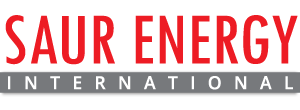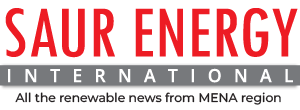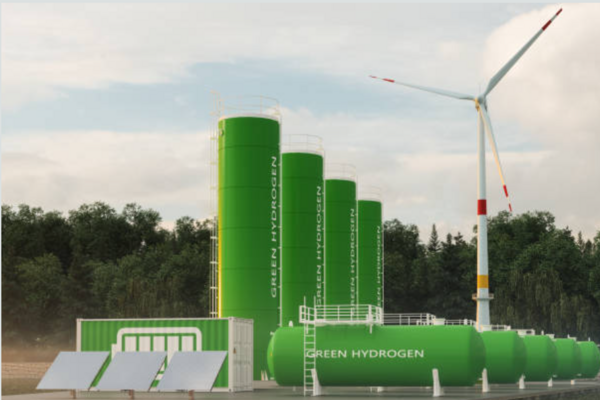The Middle East and North Africa (MENA) region is moving toward a new energy future powered by the sun and wind. By 2030, MENA aims to produce around 10 million tonnes of hydrogen each year, with most of it coming from green hydrogen, according to Dubai-based Dii Desert Energy. Green hydrogen is made by using renewable energy like solar and wind to split water into hydrogen and oxygen.
Across the region, more than 110 hydrogen projects are in the pipeline, demanding over 450 gigawatts (GW) of renewable energy. To meet the 10 million tonnes target, an extra 128 GW of renewable capacity will be needed. Over 90% of these projects focus on green hydrogen, while a smaller share involves blue hydrogen, made from fossil fuels with carbon capture, and yellow hydrogen, produced from waste.
Egypt has 29 announced hydrogen projects, sparked by agreements signed during COP27 in 2022. Saudi Arabia is home to NEOM, a large-scale project designed to produce 1.2 million tonnes of green hydrogen annually. This will be powered by 4 GW each of solar and wind energy, showing how the region’s natural resources are being turned into clean fuel.
In the UAE, the National Hydrogen Strategy 2050 sets a goal of 1.4 million tonnes by 2031, with the majority from green hydrogen. The UAE is also developing hydrogen supply chains and research hubs. Oman’s state-run Hydrom is managing green hydrogen efforts, targeting up to 1.25 million tonnes by 2030, with projects in Duqm and Salalah.
Beyond these projects, other middle eastern countries are bending towards renewable energy like Morocco’s Noor Ouarzazate Solar Complex has an installed capacity of 580 MW, alongside the 300 MW Tarfaya Wind Farm. Algeria’s Hassi R’Mel Solar Power Plant has an installed capacity of 150 MW, and the country is studying large-scale solar electrolysis for hydrogen. Tunisia operates the 10 MW Tozeur Solar PV Plant and plans to expand solar projects to power integrated hydrogen facilities.


